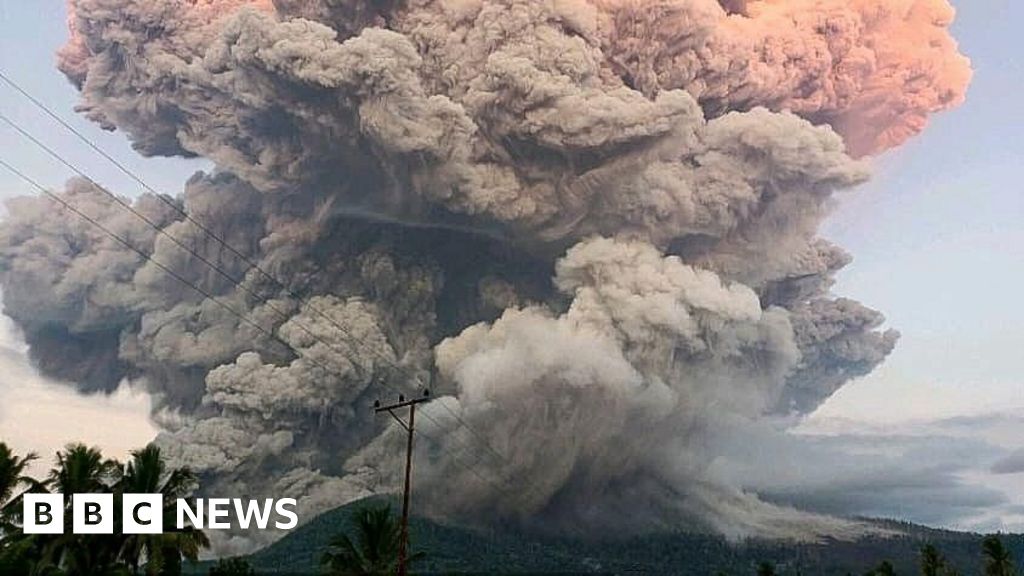Communications with Mars explorers face unique challenges, including 4–24 minute signal delays and limited bandwidth that restricts data transmission. While NASA’s Deep Space Network currently manages these communications, future missions may be able to employ advanced laser systems capable of dramatically faster data rates.
However, these optical signals can be disrupted by Martian dust storms, necessitating hybrid communication architectures that combine both radio and laser technologies to ensure reliable contact with exploration teams regardless of weather conditions on the red planet.
Mars is covered in a fine powdery material that Martian winds often whip into dust storms. These powerful events can dramatically transform its landscape and atmosphere. Unlike Earth’s storms, which are typically confined to specific regions, Mars can experience dust storms that grow to encircle the entire planet.
These global events can persist for weeks or months, blocking sunlight and reducing visibility to near-zero conditions. The ultra-fine dust particles, much smaller than human hair, are easily lifted by Martian winds, creating vast clouds that can reach heights of 60 kilometers above the surface. Any communication system must be able to cope with these challenging conditions.
Laser-based free space optical (FSO) communication is emerging as an alternative to traditional radio technology, offering higher data rates, lower power requirements, smaller hardware footprints, and enhanced security against interception.
A team led by Eva Fernandez Rodriguez from the Netherlands Organization for Applied Scientific Research has suggested this may improve communications from Mars. Recent years have seen successful FSO implementations across a range of applications from terrestrial communications to ground-satellite links with cubesats, lunar orbiters, space relay networks, and even deep space missions.
The team explores how Mars’ atmospheric dust affects optical communications between the surface and satellites. They use climate data to map how much light is blocked by dust particles suspended in the atmosphere under standard and dusty conditions, calculating impacts on 1.55 μm laser signals. Their analysis helps to inform future communication system designs and identify optimal ground station locations for reliable laser communications despite Martian atmospheric challenges.
These findings, posted to the arXiv preprint server, present critical implications for future Mars missions, as reliable communications will be essential for supporting human exploration. By understanding the seasonal and regional variations in dust optical depth, mission planners can develop robust communication strategies that leverage both FSO technology and traditional radio systems.
The research suggests that strategically placed ground stations in historically less dusty regions, combined with a network of relay satellites, could provide the redundancy needed to maintain continuous contact with Earth even during the most challenging Martian weather events.
More information:
Eva Fernandez Rodriguez et al, On the feasibility of laser satellite communications from the Martian surface, arXiv (2025). DOI: 10.48550/arxiv.2504.16955
Citation:
How well would a laser communication system work from Mars? (2025, April 30)
retrieved 1 May 2025
from
This document is subject to copyright. Apart from any fair dealing for the purpose of private study or research, no
part may be reproduced without the written permission. The content is provided for information purposes only.

















